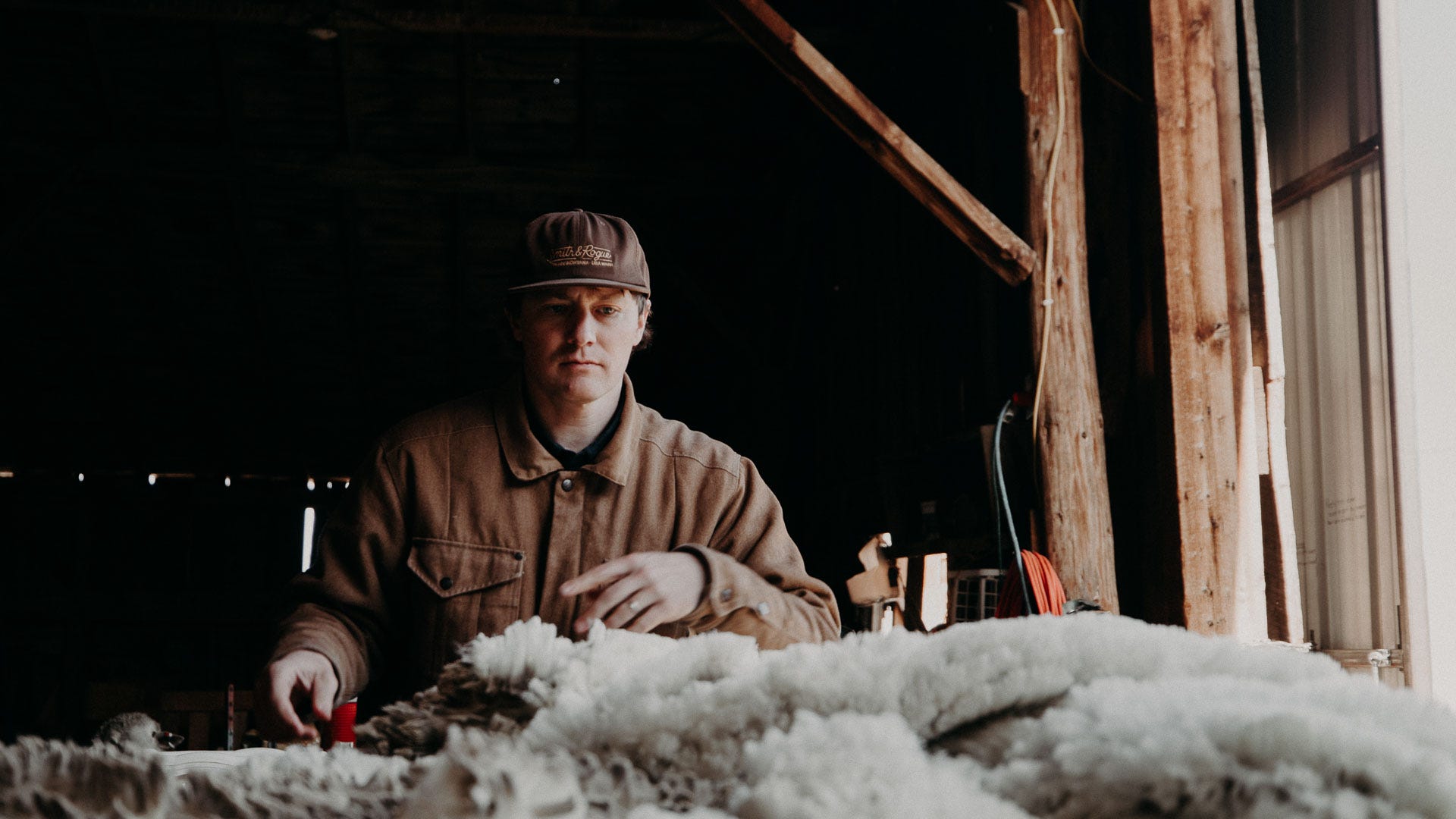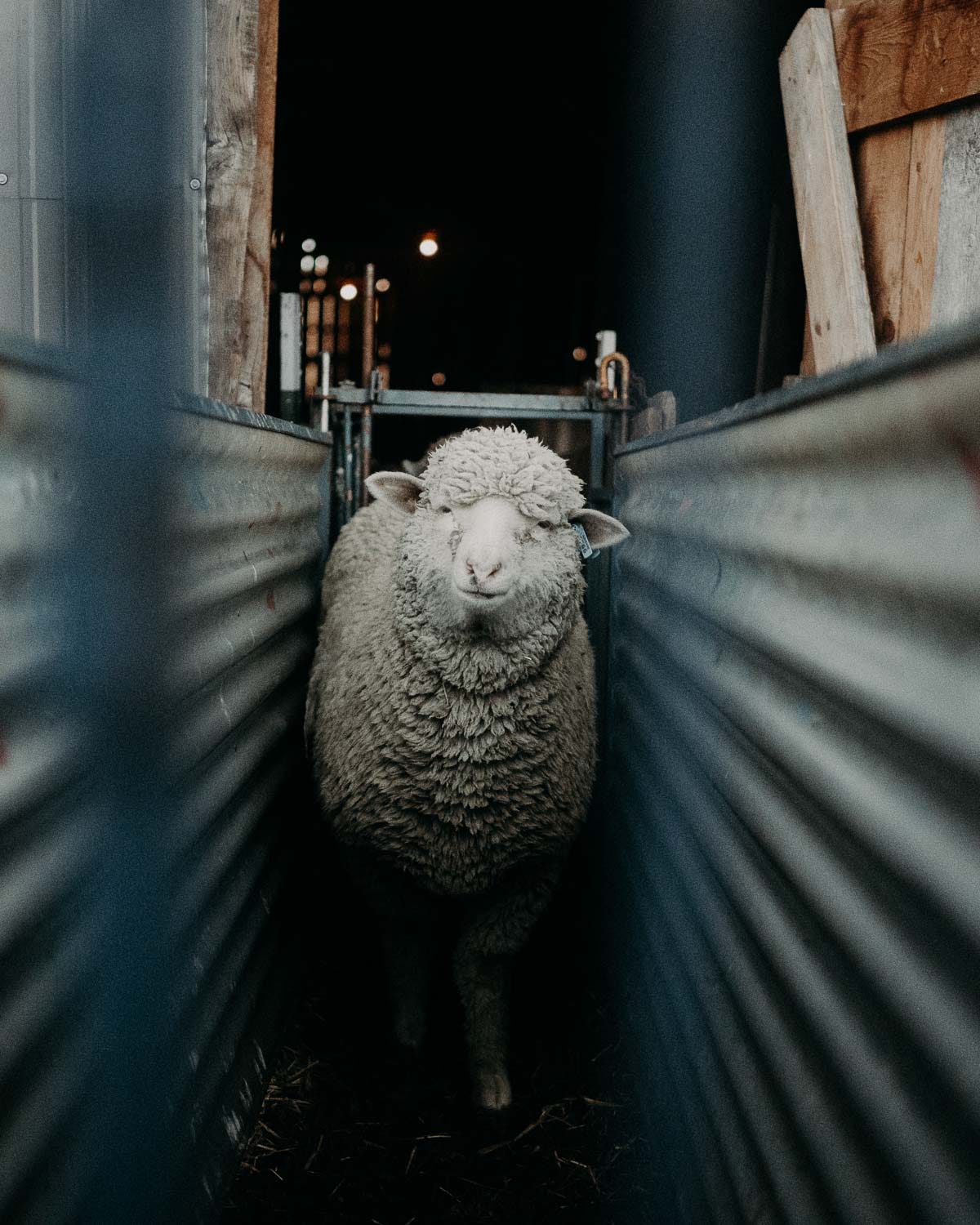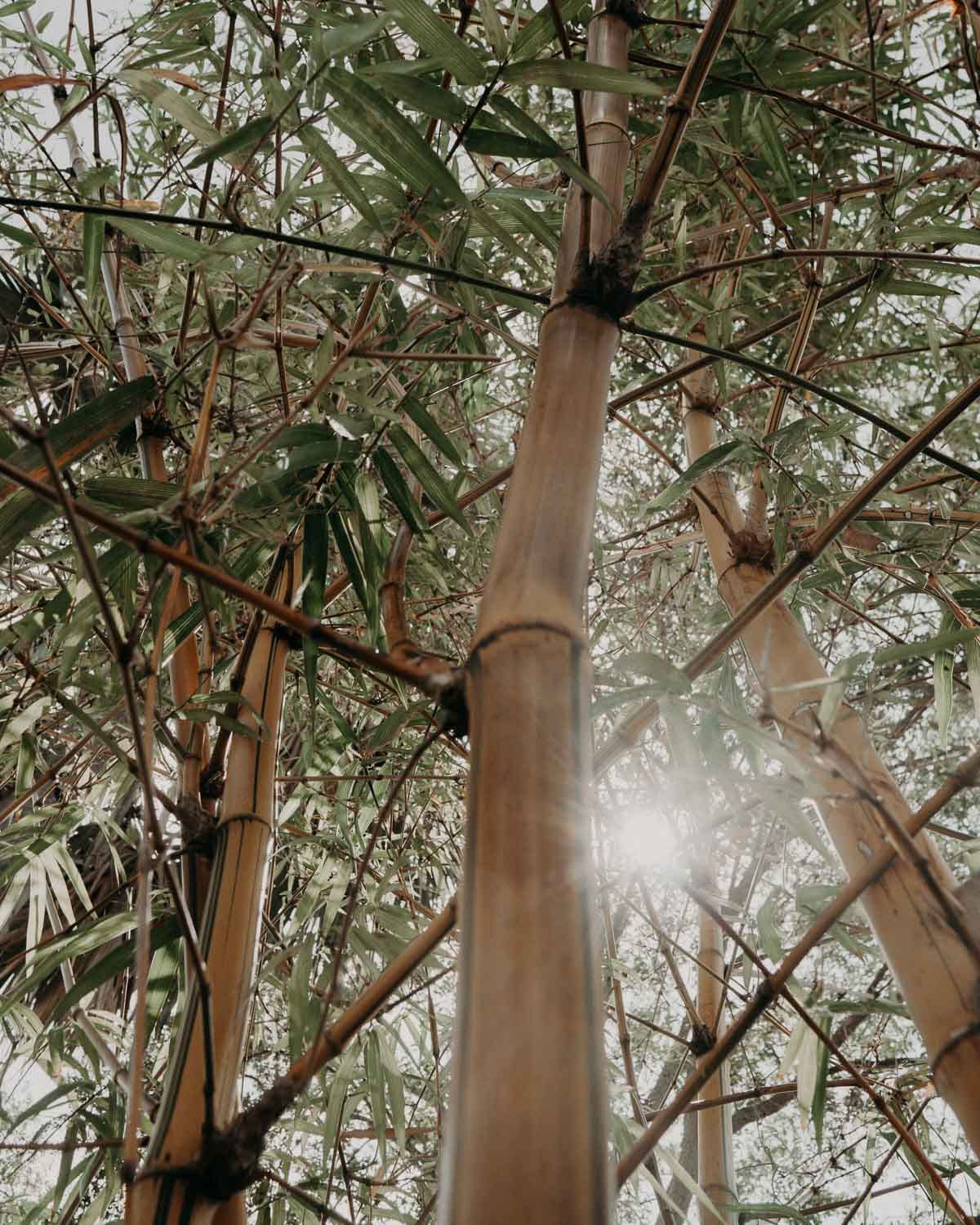Wool and Bamboo | Natural Materials Make a Comeback

Wool and Bamboo | Natural Materials Make a Comeback
Why do we use wool and bamboo in our Skoltec Baselayers?
Have you ever introduced two friends that you knew would hit it off? It is like seeing a blind date quickly turn into a happy partnership. This could describe the new way of combining wool and bamboo to make fabric, used in our SKOLTEC base layers. Customers report that they love this product and wonder why these two textiles work well together. Let’s dig in.
Wool is a terrific material: it is environmentally friendly, thermoregulating (warm when you need it, cool when you don’t), and has a soft feel when it is a next-of-skin product like SKOLTEC base layer. Wool holds its shape well and lasts. Blending bamboo with wool is a more recent development in textiles and this combination has a good array of attributes.




A little background on the bamboo plant: Grown primarily in Asia, it also is found around the globe. Bamboo grows very fast, and even after harvesting it, it regrows without being replanted and without intervention. In addition to its speed of growth and self-regrowth, bamboo is good for the soil by preventing erosion and it grows organically (meaning no pesticides or herbicides needed). All of these attributes give bamboo top marks for sustainability and eco-friendliness. It also grows in areas not well suited for other agricultural cultivation.
Like wool, bamboo is durable and strong, moisture wicking, and odor resistant, meaning it is a great choice for base layers. Bamboo fabric is very soft, and anti-static; those with long hair rejoice!
While the bamboo plant and its lifecycle are sustainable and very eco-friendly, the method of producing the fabric either continues to be environmentally friendly or not. There are two ways to break down bamboo into usable fabric: the first way, called the Mechanical Process, is expensive and quite labor-intensive. This method is pro-environment. However, this process isn’t widely utilized due to the high cost of production. Most bamboo that is manufactured into fabric is processed using the Chemical (or Rayon) Process.
The Chemical process uses toxic chemical solvents and creates harmful byproducts. If workers aren’t protected, they can sustain harmful chemical exposure. China, the largest producer of bamboo fabric, does not have a reputation for worker safety, and more pressure is needed on manufacturers to ensure worker safety and better chemical storage solutions.
Overall, clothing companies are increasing their commitment to natural materials like cotton, wool, silk, bamboo, and hemp.
This is a positive development because natural fibers are better choices than fossil fuel-based fabrics like polyester for many reasons. To begin with, the shards of plastic that sloth off of clothing into our waterways are unhealthy for people and animals alike. Secondly, when a natural fabric enters the soil, they can biodegrade relatively quickly unlike their plastic like polyester counterparts. And finally, natural fabrics yield better quality clothes while supporting farmers, ranchers and people who work more closely in partnership with our natural world.






